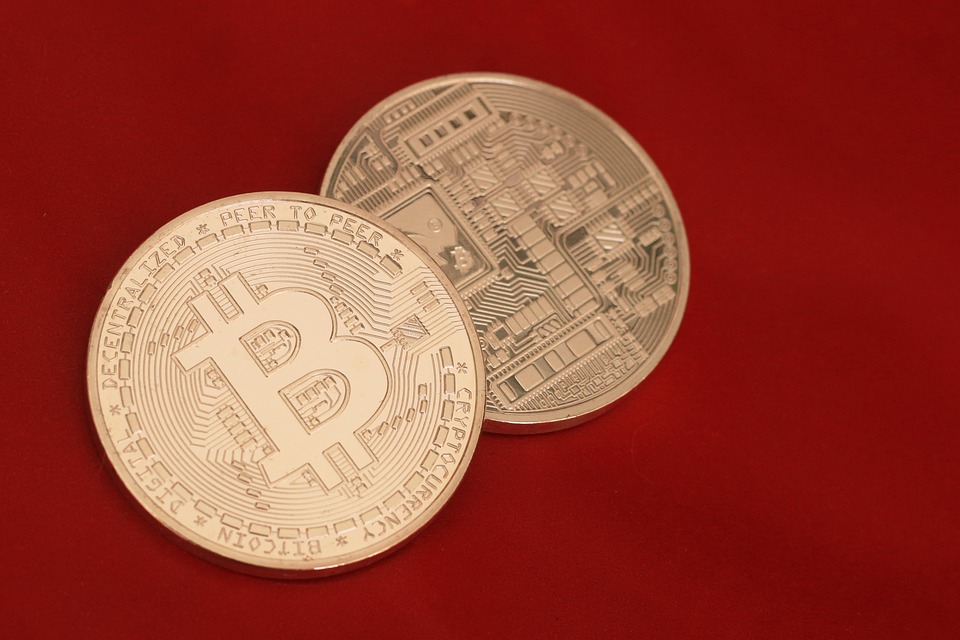In an increasingly digital world, the way we identify ourselves online has been subjected to various challenges. From data breaches to identity theft, the traditional systems of identity verification often leave users vulnerable. Enter decentralized identity (DID) — a revolutionary approach powered by blockchain technology that promises to empower users by giving them control over their digital identities.
Understanding Decentralized Identity
Decentralized identity is an approach to digital identification that enables individuals to own and control their personal information without relying on centralized entities like governments, corporations, or social media platforms. Traditional identity verification methods often involve a centralized database, where a single point of failure can expose sensitive information to unauthorized access.
In contrast, decentralized identity utilizes blockchain technology, creating a secure and immutable ledger where users can store, manage, and share their identity credentials. This framework not only enhances privacy and security but also fosters trust in online interactions.
Key Components of Decentralized Identity
-
Self-Sovereign Identity (SSI): At the heart of decentralized identity lies the concept of self-sovereign identity, where users have complete control over their digital identity. Individuals can create and manage their credentials (such as driver’s licenses, academic certificates, or health records) without relying on third-party intermediaries.
-
Decentralized Identifiers (DIDs): DIDs are unique identifiers linked to the user’s blockchain-based identity. Unlike traditional identifiers, DIDs are not tied to a centralized authority and can be created and controlled by the user. This ensures that only the user can manage their digital identity.
-
Verifiable Credentials (VCs): These are digital attestations that can be issued to an individual by various entities (such as educational institutions or employers) and can be stored on the blockchain. VCs are cryptographically secure and provide a way for users to prove their identity without sharing unnecessary personal information.
- Blockchain Technology: The backbone of decentralized identity, blockchain provides the necessary infrastructure to ensure immutability, transparency, and security. Each transaction — whether it’s the creation of a DID or the issuance of a VC — is securely recorded on a distributed ledger, which enhances trust.
The Benefits of Decentralized Identity
-
Enhanced Security and Privacy: With decentralized identity, users retain control of their data. They can choose what information to share and with whom, reducing the risks associated with data breaches or identity theft.
-
Reduced Barriers to Access: Decentralized identity can provide individuals who lack traditional forms of identification (such as refugees or those without bank accounts) with a way to access essential services, including healthcare, banking, and employment.
-
Interoperability: With a decentralized identity system, verifiable credentials can be accepted across multiple platforms and services. This eliminates the need for users to create separate accounts and maintain multiple credentials, streamlining their online experiences.
- Empowerment and Trust: By enabling individuals to manage their identities independently, decentralized identity promotes a sense of empowerment. Users can verify their own information and build their reputations without depending on external agencies, fostering trust in online transactions.
Challenges and Considerations
Despite its immense potential, decentralized identity is not without challenges. Key issues include:
-
Adoption: Widespread adoption of decentralized identity requires collaboration between various stakeholders, including governments, enterprises, and technology providers. Education and awareness are necessary to encourage this shift.
-
Regulatory Frameworks: Existing regulations often don’t align with the principles of decentralized identity. Clear legal frameworks are needed to protect users while encouraging innovation.
- User Experience: For decentralized identity solutions to gain traction, user interfaces must be intuitive and easy to navigate. Creating user-friendly applications is crucial for mainstream acceptance.
The Future of Decentralized Identity
The future of decentralized identity is teeming with potential. As the digital landscape evolves, the need for secure and privacy-centric identity solutions will only increase. Emerging technologies and innovations in blockchain, coupled with a growing awareness of digital rights, could usher in a new era where users control their identities on their terms.
Backed by pioneering companies and organizations, initiatives like the Decentralized Identity Foundation and various blockchain platforms are already exploring practical applications. From enabling seamless online transactions to enhancing security in financial services, the impact of decentralized identity is poised to be significant.
Conclusion
Decentralized identity presents a paradigm shift in how we approach personal identification in the digital age. By harnessing the power of blockchain technology, individuals can reclaim control over their identities and navigate the online world with confidence and security. As we gradually embrace this transformative framework, the potential for empowerment and enhanced privacy is enormous. The path is laid out; it is now up to society to walk it.




